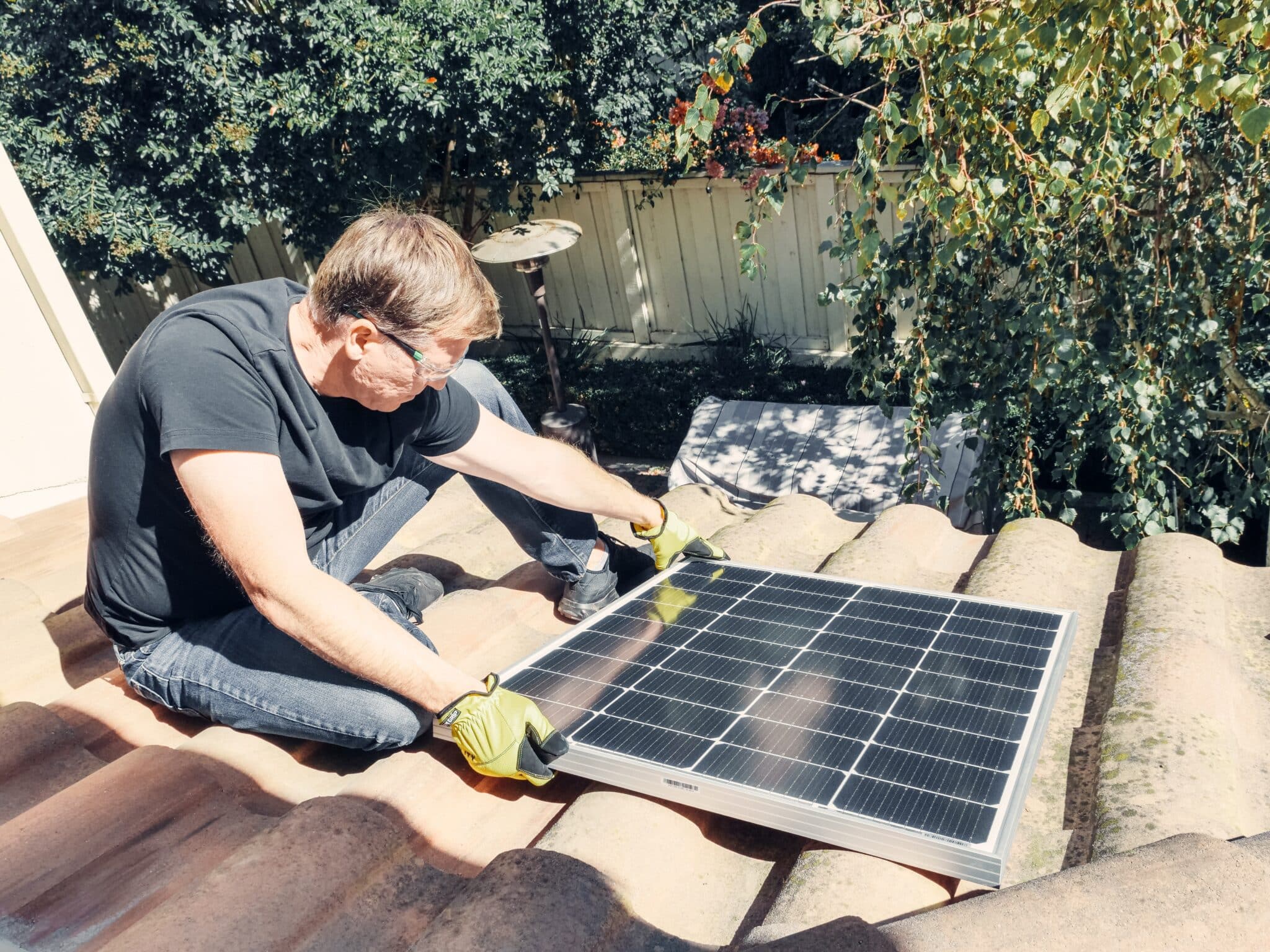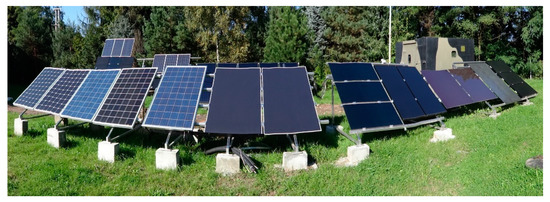Harnessing the power of the sun has never been easier with our comprehensive guide to DIY solar panels. This article will walk you through the benefits of installing your own solar panels, including cost savings and environmental impact. We will detail all the necessary materials and provide a step-by-step installation guide to ensure a smooth process. Additionally, you will find expert tips on maintaining and maximizing the efficiency of your solar panels. Finally, we’ll compare the costs of DIY installation versus professional services, helping you make an informed decision. Empower your home with sustainable energy today!
Dive deep into this topic alongside poqzp.xyz
1. Introduction
Harnessing the power of the sun is not only an eco-friendly choice but also a smart financial decision. As energy costs continue to rise, many homeowners are turning to solar power to reduce their utility bills and lessen their environmental impact. DIY solar panels present an appealing option for those looking to take control of their energy production while saving on installation costs. This guide is designed to help you understand the process and benefits of installing your own solar panels. From the initial investment to the long-term savings, you’ll find that going solar can be a rewarding project.
In this article, we’ll explore the numerous advantages of DIY solar panels, including how they can boost your home’s value and contribute to a greener planet. You’ll learn about the essential materials needed for the project and follow a detailed step-by-step guide to ensure a successful installation. Additionally, we will provide valuable tips on maintaining your solar panels and optimizing their efficiency. To help you make an informed decision, we’ll also compare the costs of DIY installation with those of professional services. By the end of this guide, you’ll be well-equipped to embark on your solar journey and empower your home with clean, renewable energy.
2. Benefits of DIY solar panels
Installing DIY solar panels offers numerous benefits that make it an attractive option for many homeowners. One of the most significant advantages is cost savings. By undertaking the installation yourself, you can drastically reduce labor costs and potentially qualify for tax credits and rebates, making the initial investment more affordable. Additionally, DIY solar panels provide long-term savings on your electricity bills, as they allow you to generate your own power and reduce reliance on the grid.
Beyond financial benefits, DIY solar panels contribute to environmental sustainability. By harnessing renewable energy, you reduce your carbon footprint and help combat climate change. This eco-friendly approach also sets a positive example for your community and encourages others to adopt green energy solutions.
Furthermore, installing solar panels can increase your home’s value. Prospective buyers often view solar panels as a valuable asset due to the energy savings they offer. Lastly, the hands-on experience of a DIY project can be personally rewarding, giving you a sense of accomplishment and a deeper understanding of how your energy system works. Embracing DIY solar panels empowers you to take control of your energy future while reaping financial and environmental rewards.

3. Materials needed
Before starting your DIY solar panel project, it is crucial to gather all the necessary materials to ensure a smooth and efficient installation. The primary components you’ll need include solar panels, which are the heart of the system and responsible for converting sunlight into electricity. Additionally, you’ll need a solar inverter to convert the direct current (DC) generated by the panels into alternating current (AC) used by most household appliances.
Mounting hardware is essential to securely attach the solar panels to your roof or another structure. You’ll also need wiring and connectors to link the panels to the inverter and your home’s electrical system. A battery storage system is optional but recommended for storing excess energy produced during the day for use at night or during power outages.
Other materials include a charge controller to regulate the power going into the batteries and prevent overcharging, as well as safety equipment such as grounding wires and surge protectors. Lastly, ensure you have the necessary tools for installation, including drills, wrenches, and a multimeter for measuring electrical output. With these materials on hand, you’ll be well-prepared to embark on your DIY solar panel installation.

4. Step-by-step guide for installing solar panels
Installing DIY solar panels can be a rewarding project with the right guidance. Follow these steps for a successful installation:
Assess Your Roof: Ensure your roof is in good condition and can support the weight of the solar panels. Check for any obstructions that might cast shadows on the panels.
Design Your System: Calculate your energy needs and determine the number and size of solar panels required. Design the layout and position of the panels for maximum sunlight exposure.
Install Mounting Hardware: Secure the mounting brackets to your roof, ensuring they are properly aligned and anchored. Use a level to maintain accuracy.
Attach Solar Panels: Carefully place the solar panels onto the mounting hardware and secure them with bolts and clamps. Ensure they are tightly fixed and positioned at the correct angle for optimal sun exposure.
Wire the Panels: Connect the panels using appropriate wiring and connectors. Run the wires to the solar inverter, following the manufacturer’s instructions.
Install the Inverter: Mount the inverter in a suitable location, preferably close to your main electrical panel. Connect the wiring from the solar panels to the inverter, and then connect the inverter to your home’s electrical system.
Set Up Battery Storage: If you have a battery storage system, connect it to the inverter. Ensure the charge controller is properly installed to manage the power flow.
Test the System: Once everything is connected, turn on the system and check for proper operation. Use a multimeter to verify the electrical output and ensure all connections are secure.
Monitor and Maintain: Regularly check your solar panels and system components to ensure they are functioning correctly. Clean the panels as needed to maintain efficiency.
By following these steps, you’ll be able to successfully install your DIY solar panels and start enjoying the benefits of renewable energy.

5. Tips for maintaining and maximizing solar panel efficiency
Proper maintenance is key to ensuring your DIY solar panels operate efficiently and have a long lifespan. Here are some essential tips:
Regular Cleaning: Keep your solar panels clean by removing dirt, dust, and debris that can block sunlight. Use a soft brush or a hose with water to clean the panels gently. Avoid using harsh chemicals or abrasive materials.
Monitor Performance: Regularly check your system’s performance through the inverter or a monitoring app. Look for any drops in energy production, which could indicate issues with the panels or connections.
Inspect for Damage: Periodically inspect the panels and mounting hardware for any signs of damage, such as cracks or loose fittings. Address any issues promptly to prevent further damage and maintain efficiency.
Trim Surrounding Vegetation: Ensure no trees or shrubs are casting shadows on your panels. Trim any vegetation that may grow and obstruct sunlight.
Check Wiring and Connections: Ensure all wiring and connections are secure and free from wear or corrosion. Replace any damaged wires or connectors immediately.
Seasonal Adjustments: Adjust the tilt angle of your panels seasonally if possible. This helps maximize sunlight exposure throughout the year.
By following these maintenance tips, you can ensure your solar panels operate at peak efficiency, providing you with reliable, clean energy for years to come.
6. Cost comparison with professional installation
When considering DIY solar panels versus professional installation, cost is a significant factor. DIY installations can be substantially cheaper since you eliminate labor costs, which typically account for 10-20% of the total installation price. By sourcing materials yourself and dedicating time to the project, you can save thousands of dollars.
For instance, a professional solar panel installation might cost around $15,000 for a standard residential system, including labor, permits, and company overheads. In contrast, a DIY setup with similar capacity might cost between $5,000 and $10,000, depending on the quality of materials and the scale of the system.
However, it’s essential to consider potential additional costs for DIY projects, such as purchasing specialized tools or unforeseen expenses due to errors or rework. Professional installers often provide warranties and service guarantees, which can offer peace of mind and long-term savings on maintenance and repairs. Weighing the initial savings against these factors can help you decide which option best suits your needs and budget.
7. Conclusion
Embarking on a DIY solar panel project is a worthwhile endeavor that offers both financial and environmental rewards. By choosing to install solar panels yourself, you can significantly reduce upfront costs and gain a deeper understanding of your energy system. The benefits are clear: substantial savings on energy bills, increased property value, and a positive contribution to reducing your carbon footprint.
Throughout this guide, we’ve covered the critical aspects of DIY solar panels, from understanding the advantages and gathering necessary materials to following a step-by-step installation process. We’ve also provided tips for maintaining and maximizing the efficiency of your panels, ensuring they continue to perform optimally for years to come. Additionally, we’ve highlighted the cost differences between DIY and professional installations, helping you make an informed decision based on your budget and capabilities.
By taking the initiative to harness solar power, you are investing in a sustainable future for your home and the planet. Whether you’re motivated by the potential cost savings, the environmental impact, or the personal satisfaction of completing a DIY project, installing your own solar panels can be a highly rewarding experience. Empower your home with clean, renewable energy and take control of your energy future today.
poqzp.xyz
